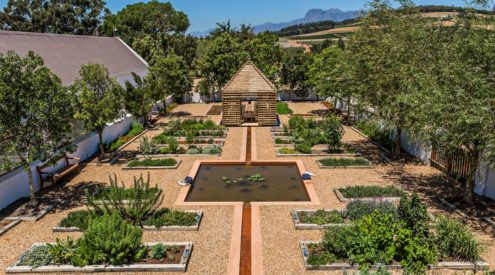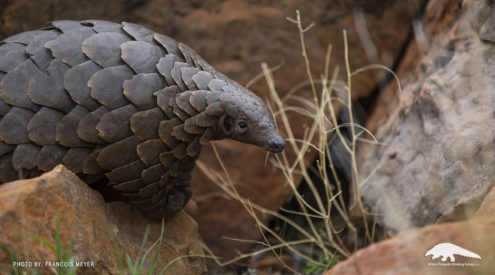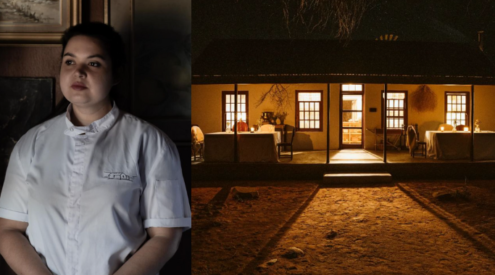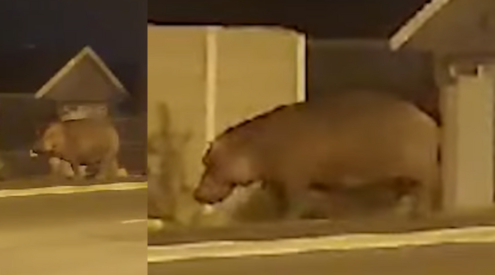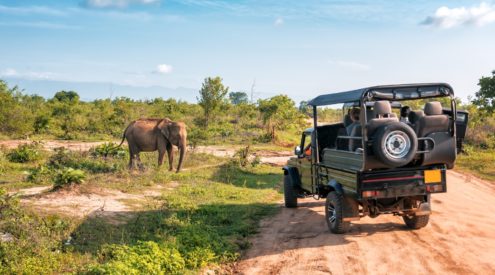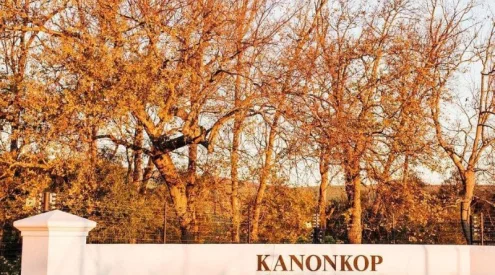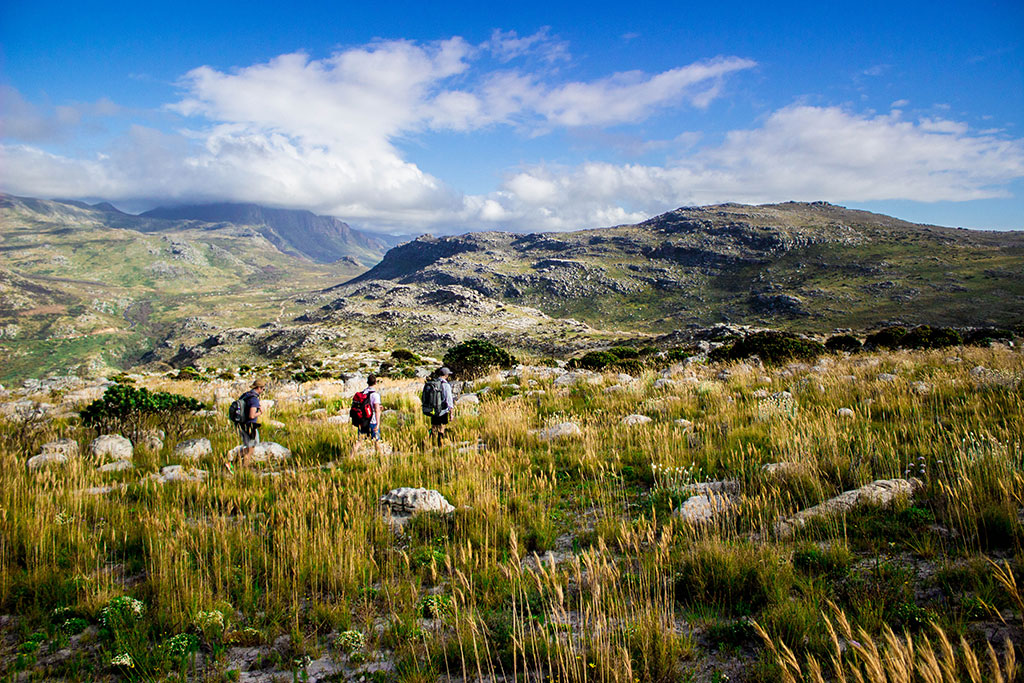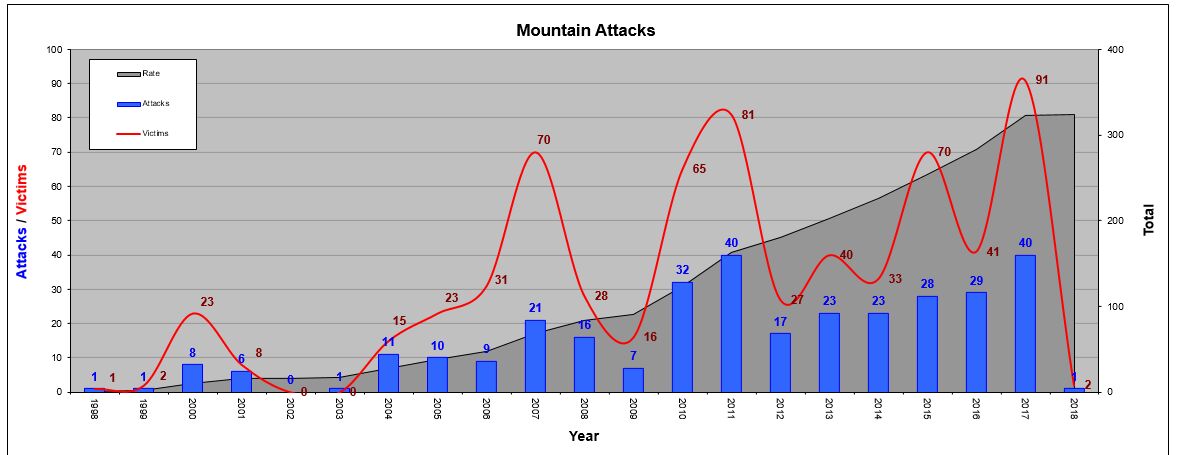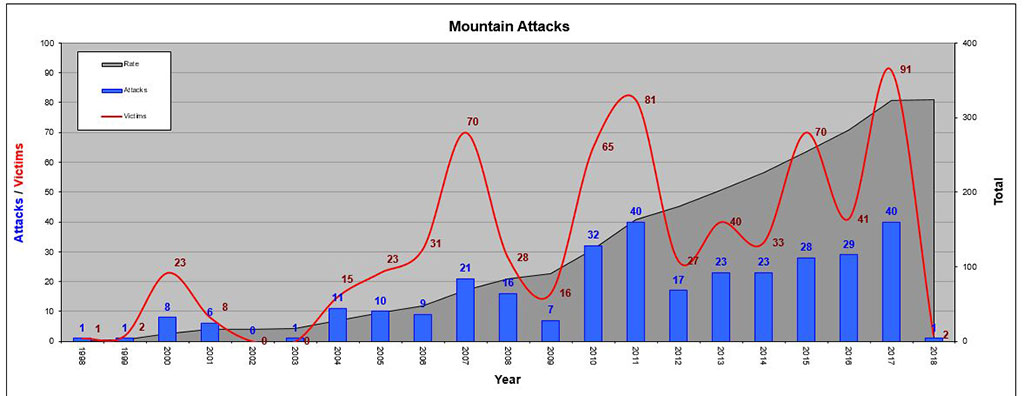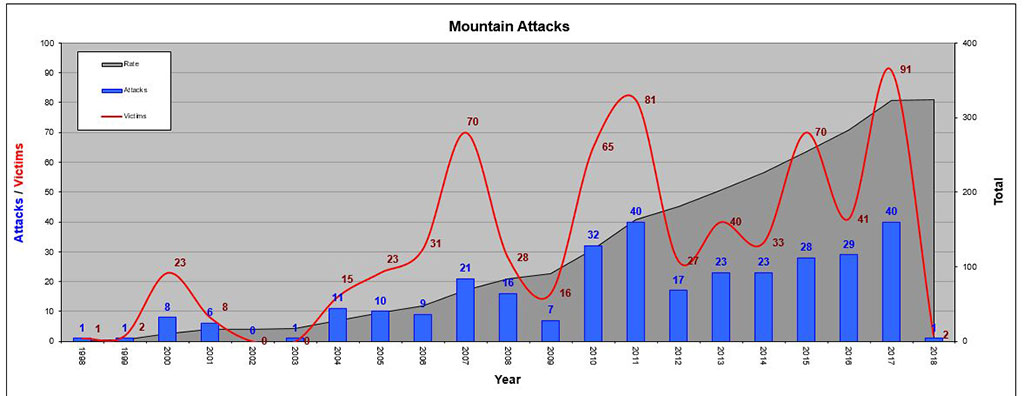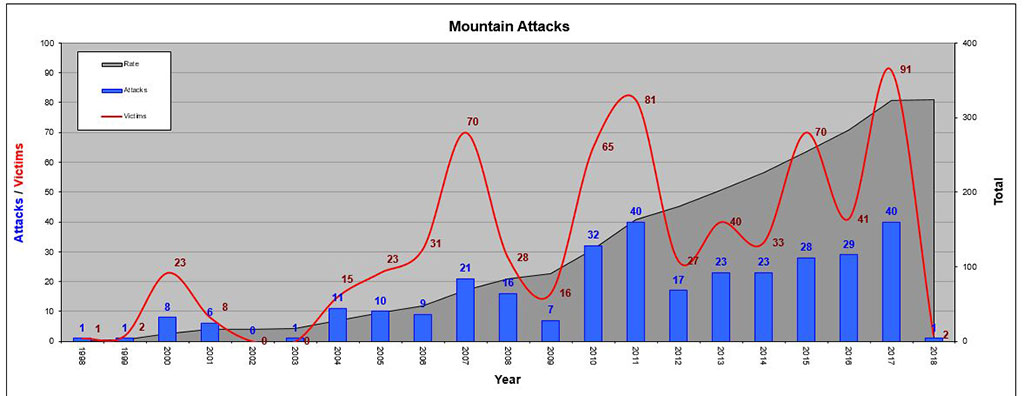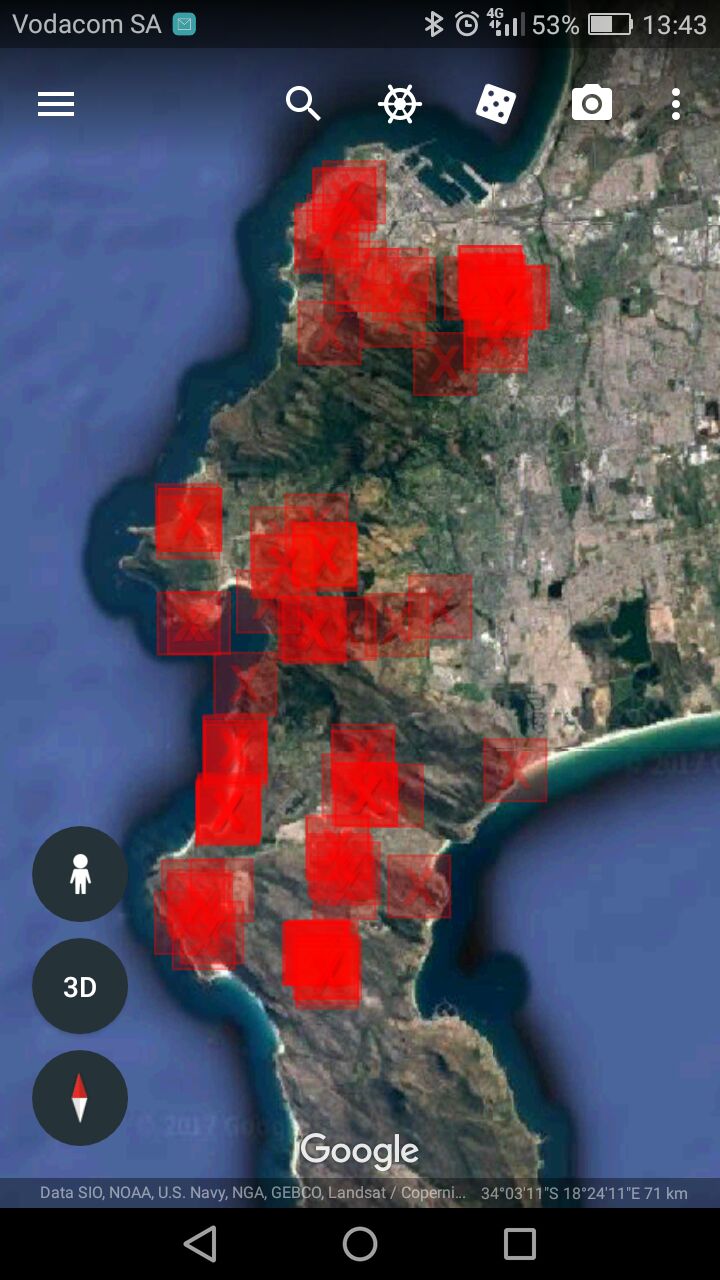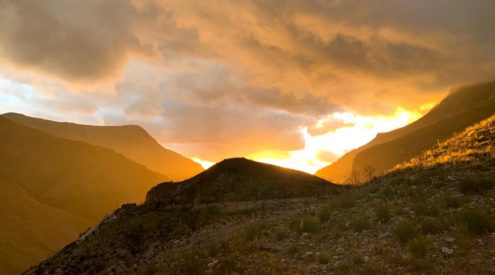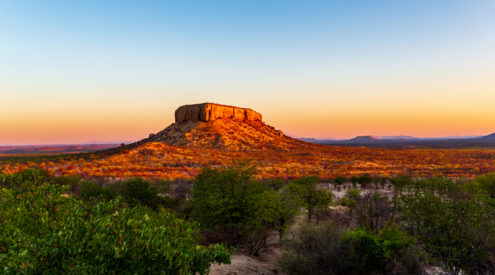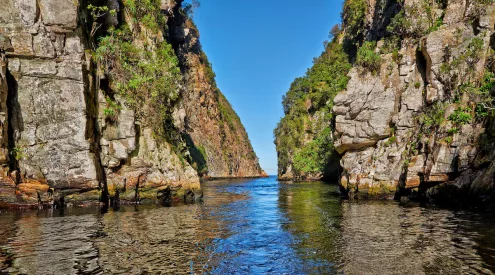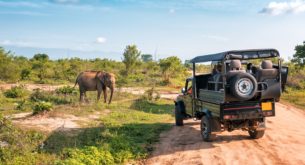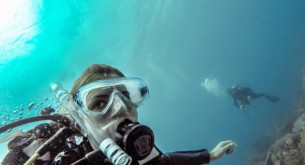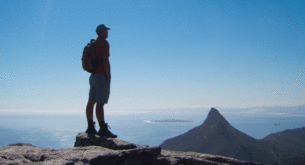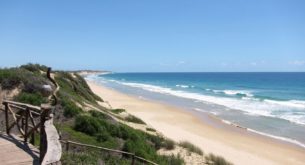Brutal attacks on hikers in the Table Mountain National Park over the years have made Capetonians and visitors to the Cape Peninsula trepidacious about walking on the mountain. People are concerned over whether we’re still able to enjoy these beautiful spaces in our leisure time. We spoke to a few experts to understand the issue better, and what we can do to change it.

There are two different aspects to this. On an individual level, there are steps we should all take to improve our safety and security while hiking (click here for steps). The more pressing issue, however, is what the authorities need to do to deal with this increasing spate of attacks.
1. How to improve your safety
Look for the signs of a hiker
‘It’s not about what people look like but about what they don’t have on them,’ says Dr Simon Howell, a research associate at the Institute for Safety, Governance & Criminology and the Global Risk Governance Programme at UCT. ‘For example, on a hike you would expect people to carry water and to have backpacks, so look for the signs of a hiker. Look at their shoes to see if they’re worn, or if they’re wearing baggy instead of tight clothes (because there could be a weapon underneath). If someone looks out of the context of hiking, just be cautious.’
Don’t assume that someone wearing a security guard outfit is there to help. The assailant in the most recent fatal attack was dressed as a security guard. Always be vigilant of everyone you come across, especially non-hikers.
Hand the stuff over. It’s just stuff.
Andre van Schalkwyk from Table Mountain Watch – a professional guide, senior technical rescuer for the Mountain Club of SA and an auxiliary law-enforcement officer for the City of Cape Town says, ‘for us, the No. 1 rule is to acquiesce. Hand over your stuff. Do not retaliate. We find in the few cases where there is retaliation, we have injuries. So hand it over, it’s just not worth the heartache and trauma. That’s the bottom line. Remember that assailants rarely operate on their own – there’s always at least two. ‘We work on a plus-one theory. Even if you only see one, there’s almost always more, and you cannot attack multiple assailants like that.’ A good strategy is to lay your packs on the ground and move away. ‘Throw your packs five metres ahead of you so that when the attacker goes to pick it up, you can withdraw rapidly. And I mean, you turn and bolt! But remember, he wants your stuff and if he sees you run away with valuables, he’ll run after you.’
Shout to alert others
‘Your voice is one of your biggest weapons,’ says Van Schalkwyk. ‘If you start to shout at the top of your voice, you put your assailants under pressure immediately. You never know who is around the corner from you and who can help.’
Be informed and have a plan
Table Mountain Watch give a free two-hour workshop titled ‘Your Security in the Wilderness’ on how to avoid conflict on the trails 0825686562. Also look on their Facebook page for updates on criminal activity on the mountain. If there have been recent incidents in an area, avoid it. ‘Before you start a hike you should always have a briefing [among yourselves] about the weather, gear you’ll need, food, water and clothing. So talk about safety and security too,’ advises Van Schalkwyk. ‘Look at your group. If you have two big guys, put one at the back and one at the front. You might have a guy who is calm and a good communicator and that person can do the negotiating – ideally, someone who won’t collapse or go into a rage. Talk to the people in your group about their different roles and what you’ll all do in the eventuality of an incident.’
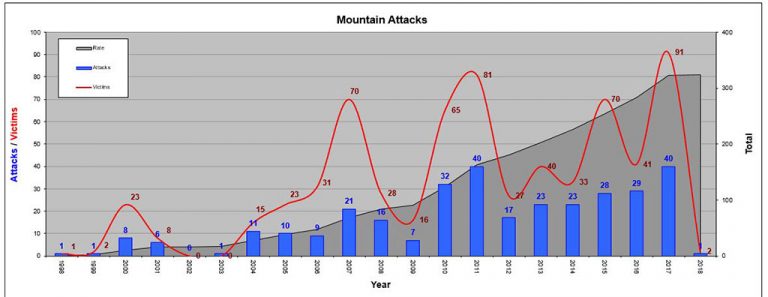
Andre van Schalkwyk from Table Mountain Watch says the drops in incidents in 2009 and 2012 were due to ‘the high level of visible policing by SAPS that fell away when they were deployed elsewhere to deal with other challenges, such as the xenophobic attacks. Last year SAPS pulled into gang wars.’
2.What’s the long-term plan
When it comes to Table Mountain National Park, the onus is on the authority, SANParks, to establish an effective security plan. In response to the recent attacks SANParks Cape region spokesperson Merle Collins said they have increased patrols and employ 60 safety rangers but that, ‘Given the extent and remoteness of the park, it is a challenge to have a presence everywhere at all times. She added, ‘Over the past week, we have been speaking to different hiking groups and neighbourhood watches to address the issues. We are open to working with everyone and currently run a Table Mountain Safety Forum on the first Tuesday of every month at 10am at the Department of Community Safety (35 Wale Street, 5th Floor, Cape Town).’
Collins was hesitant to supply any further information about the frequency, location and nature of the patrols. She stated if she did so it would hinder their security efforts. However, it has been suggested from some corners of the hiking community that her reluctance to share information is due to the fact that the patrols are extremely limited. In talks about security, Collins often mentions the number of Table Mountain’s conservation rangers, but these rangers are conservationists and are not fully trained in physically apprehending criminals.
‘SANParks staff are conservationists, they’re not crime fighters,’ says Andre van Schalkwyk of Table Mountain Watch. ‘Where are the police? Where are the private security contractors who are adept at operating on the urban fringes of the mountain where most of these infringements occur? We need to utilise the neighbourhood watches – that’s our eyes and ears. We have hundreds of hikers on the mountain at any point in time. Use them. But then we want to understand that if we’ve spotted somebody and phone it in, what can we expect to happen after that? We don’t want a call centre somewhere that doesn’t understand where you are and the response is hours away. They need to bring the processes into the picture. They’re incapable of handling the situation on their own.
‘We believe the ranger patrols do not operate in the southern section of Table Mountain National Park – they only operate in the north so they have to respond from Kloof Nek, where their base is, to Noordhoek Beach or to Silvermine [close to an hour away]. It’s just bizarre.’
Collins refused to comment on the nature of the patrols and their response time.
A cooperative approach is needed
The chairman of Cape Town’s Mountain Club, Martin Hutton-Squire, said in a press release that the best way to combat crime in the park is to bring the resources of the police service, city, SANParks, tourism bodies and local groups together. Hutton-Squire suggested that a specialist team should be formed to assist the SANParks rangers to regularly sweep the known locations where criminals hide and sleep in the park. Regular mountain users could also assist by lending their specialist knowledge of the area to the team.
Private mountain guides, independent security teams and avid hikers we spoke to echoed these sentiments. Allan Dillon from Mountain Men, a private security company that has patrols on the mountain between Newlands and Fish Hoek, says that the assailants know the area well and can easily disappear. ‘They see you long before you see them.’ They also know where the areas with little or no cell reception are. ‘There are squatters on the lower regions of the mountain who poach flowers and set up wildlife snares,’ he added. The squatters are not necessarily criminals, but they’re a sign the area is unregulated – and where criminals are likely to gravitate to as there’s no policing in the area.
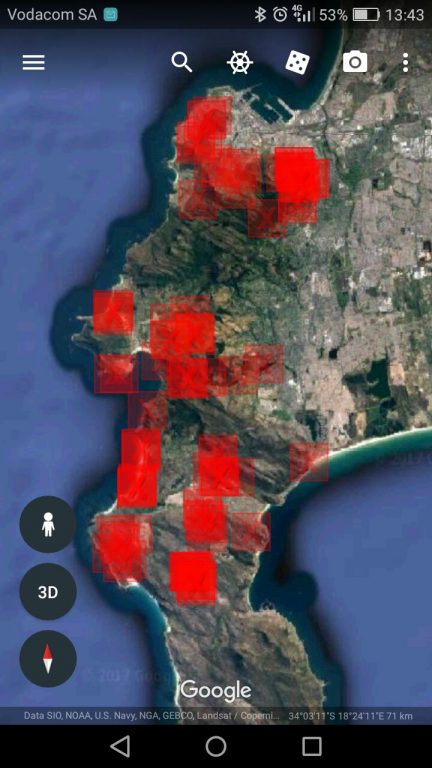
A representation of incidents in Table Mountain National Park over the past two years, of which there have been nearly 80. The dark red indicates recent incidents
3. What you can do right now
General safety tips for hikers
-
- Never hike alone.
- Tell someone your up-and-down routes and expected return time – and stick to that plan. If the hiking party is late, the contact person can try call the hikers or send a text to check in. After waiting two hours, or when it starts getting dark, the Mountain Club of SA recommends phoning an emergency number (see below).
- Have a map of the area and study it before you go hiking. If you have to run, at least you will know where to run to. Slingsby Maps are excellent and can be invaluable in an emergency as they show the lesser-known, quicker routes down the mountain.
- Situational awareness is important – watch out for strange behaviour or out-of-context ‘hikers’ (described by Simon Howell, above). If you sense danger, create distance between yourself and trouble. Do not engage. Trust your gut and report it (to any of the entities listed below).
- Pepper spray or mace can be used to fend off attackers but it’s recommended that this be used as a last resort only. Practise with it beforehand. Cape Town’s windy conditions make it difficult to use, especially if it’s the type that releases a gas cloud. Use the liquid spray instead.
- Consider hiking with big dogs or sticks to deter potential attackers, but if you are confronted do not use them as weapons. Remember the first rule is to always submit. If you are cornered, don’t make eye contact, be submissive and give up your stuff.
- Do not wear jewellery or take other non-vital valuables with you. Consider carrying a cheap back-up phone, and think of other places to carry it (e.g. your sock). For more phone tips, see below.
- Always be prepared for bad weather – take proper weatherproof clothing, even on a sunny day (wind and rain proof); torches with spare batteries and globes; good footwear (strong boots or shoes with non-slip soles); food, water and a flask of hot beverage; a rucksack to carry it all in, so as to leave your arms and hands free.
Calling for help
-
- Store emergency numbers as favourites on your phone, or list them preceded by ‘AA’ so they stay top of your contact list.
- If there is no signal, walk up to the nearest edge of the mountain within sight of a built-up area.
- An SMS/text message often gets through where no call is possible. (Send it to yourself as well – if you receive your own SMS, you know it’s gone through.)
- Make sure you have airtime before you go. If you do run out of airtime, dial 112 (or 911, now linked to 112) – this is a free call. Use it as a last resort only; there may be considerable delays before you’re connected to Metro Rescue.
- Store one or more personal emergency contacts on your phone under ICE1, ICE2 etc. Rescue teams will search under ICE (In Case of Emergency) if you’re unable to speak.
Important numbers
Wilderness Search and Rescue: 0219370300
Cape Town General Emergency: (including fire) 02148077000 (calling from a cell) and 107 (calling from a landline)
Ambulance: 10177
SAPS: 10111
Security companies that will assist if possible
Mountain Men (patrols the mountain between Newlands and Fish Hoek): 0861070000
ADT Emergency (anywhere in the Western Cape): 0861212301
Hout Bay Watchcon: 0217909333 / 0828836142
Deep Blue Security (Hout Bay): 0217901365
KomWatch (Kommetjie): 0823277783
Scarborough Security Services: 0217801274
Useful websites
Table Mountain Watch – gives updates of recent incidents on the mountain.
Mountain Club of South Africa (Cape Town) – has been exploring and protecting our mountains for 125 years.
Hikers’ Network – a hiking club in Cape Town.
Parkscape – seeking the creation of safe, biodiverse, open and shaded urban parks in the buffer zones of TMNP where Park meets urban edge.

